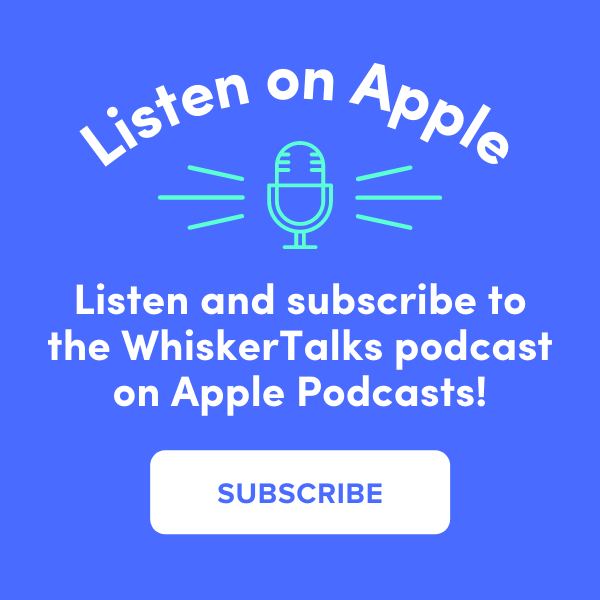Consumers are fickle beasts.
Considering the rampant growth of mobile technology, that old saying has more than a ring of truth to it nowadays. Whether they want to buy a pizza or a hot tub, people in greater numbers are turning to their smartphones and search engines, where they hope to immediately (keyword: immediately) find what they were looking for.
If they’re gallivanting around town in search of a Chinese restaurant, they’ll check out Google Search, Google Maps, and Yelp. They’ll make a decision in a flash after sizing up a couple of reviews and peeking at a few websites. But if the website is not mobile optimized — if it takes too long to find the food menu, or if the site looks terrible — they’ll flee to someone else.
Whether you make muffins or brew beer, a business must have a “mobile first” strategy that caters to these often whimsical needs.
Case in Point: Check out these statistics we gathered from a white paper published by Google: Micro-Moments: Your Guide to Winning the Shift to Mobile.
- 87 percent of Millennials always have their smartphones within arm’s reach; they also check their smartphones about 150-times a day.
- 82 percent of smartphone users say they check their phones for information about store purchases while walking around the store they’re in.
- 91 percent of smartphone users check their phones for ideas (and products/services) in the middle of tasks.
- Customers are more loyal to their particular need of the moment, rather than being loyal to a particular brand. For example, 65 percent of smartphone users said they look for and evaluate information online that is immediately relevant to their immediate particular need — caring little about the particulars of the company offering it. Also, according to Google: “1 in 3 smartphone users has purchased from a company or brand other than the one they intended to because of information provided in the moment they needed it.”
These are not trends; this is the consumer world we live in — period. Google has even come up with a term to help businesses and digital marketing agencies, like us, grapple with these rapid queries for information about companies, products, and services. They call them: “micro-moments.”
Micro-moments follow this kind of logic: “I need to do…,” “I want to buy a…,” “I need a DIY fix for…,” “I’m looking for a brewery that…,” “I want to buy a new car, but I don’t understand how financing works…,” so on.
Your business needs to be present on Google and other search engines when these micro-moments happen. It can seem bewildering. How can I possibly handle (and respond to, and provide information for) the million, zany micro-moments from the million, zany fickle beasts on Google?
We’ve suffered from quite a few headaches on behalf of our clients thinking about that question and others. There are, however, some basic guidelines you can follow to make sure you are thinking mobile first and that you are also thinking about how to position yourself to appear on consumers’ phones when they got those micro-moments on their minds.
Here’s some tips to get you started:
1.) Is your business listed on Google Maps? Yes, we know some readers will complain to us that this advice is common sense. But we’ve spoken with many businesses who either didn’t know about getting listed or didn’t think it was that important. It’s important: your sales will suffer. Many businesses also have bad data on Google Maps, saying, for example, that they are closed on Tuesday when, in fact, they are open.
2.) Is your website mobile optimized? And we don’t just mean does it look OK. How long does it take to scroll to the bottom of your page on a phone? The longer it takes the more likely your customers will get skittish, especially if they don’t immediately see what they are looking for. Does the website copy contain a clear call to action to buy your product up high on the page? Or is it buried somewhere amid a sea of text? Is it free of invasive ads and multi-step lead generation forms?
Do pages load fast? According to Google, “29 percent of smartphone users immediately switch to another site…if it doesn’t satisfy their needs.” Also, if Google doesn’t think your site is “mobile friendly,” it will be penalized on search. That will adversely affect your page ranking.
3.) How many steps does it take to buy a pizza or dress? If you make them take one too many steps, they’ll walk away. Does it take two clicks or seven to buy a product? Eliminate all excess clicks: make the sales funnel as short as possible. If you can do one-click purchase, do it — right now. That’s how you serve a micro-moment — with ultra-fast speed.
4.) Always serve the micro-moment. To serve it, Google offers three basic principles that we absolutely agree with: “be there,” “be useful,” and “be quick.”
Be there: Am I present on search (page one/two, not seven)? Do I offer information that will be helpful to a customer’s micro-moment? (i.e.: my car rattles when I drive fast, what should I do?).
Be useful: Is my site mobile optimized: a user interface that is beautiful and most importantly easy to use on a tiny smartphone?
Be quick: Rapid load times, rapid e-commerce transactions, rapid, quickly digestible information: I-want-to-know/go/buy/do moments are answered — fast.
You can get on board with these tips or be left behind. But the journey down this road begins here. A mobile first strategy must be carefully considered and executed. The consumer journey is an impulse-driven journey, where product decisions are literally made in the blink of an eye. And they often begin at the most unexpected starting point — and not where you thought they’d start in that old fashioned “sales funnel.”





